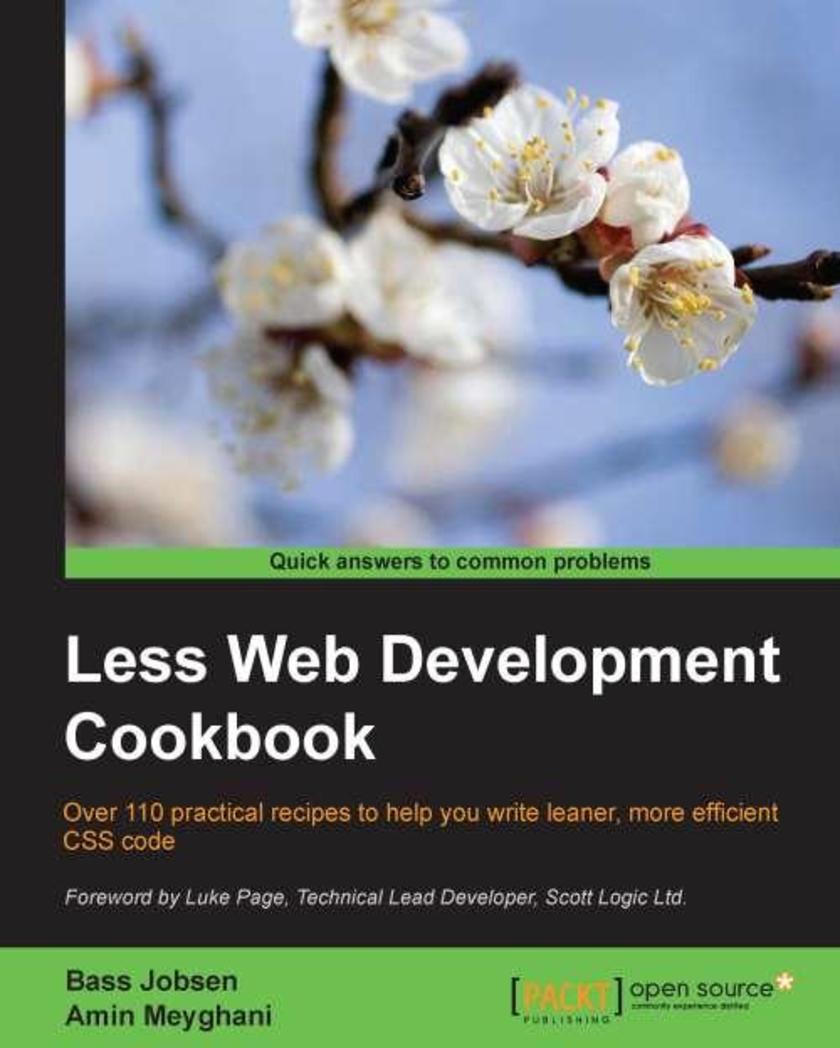
Less Web Development Cookbook
¥90.46
Aimed at those who want to overcome the limitations of CSS, through this book you will begin to harness the efficiency of Less by building advanced, responsive, and modern websites. Experienced web developers, students, and even web designers will find this guide very useful as they enhance their CSS skills.
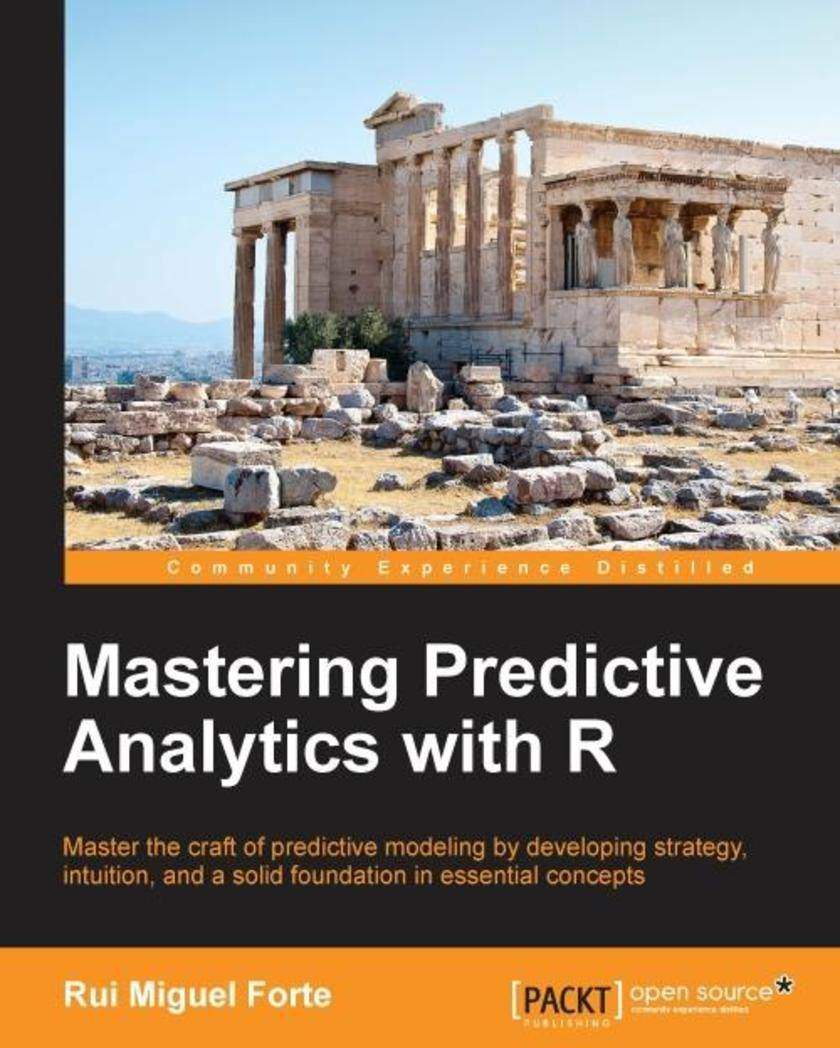
Mastering Predictive Analytics with R
¥90.46
This book is intended for the budding data scientist, predictive modeler, or quantitative analyst with only a basic exposure to R and statistics. It is also designed to be a reference for experienced professionals wanting to brush up on the details of a particular type of predictive model. Mastering Predictive Analytics with R assumes familiarity with only the fundamentals of R, such as the main data types, simple functions, and how to move data around. No prior experience with machine learning or predictive modeling is assumed, however you should have a basic understanding of statistics and calculus at a high school level.
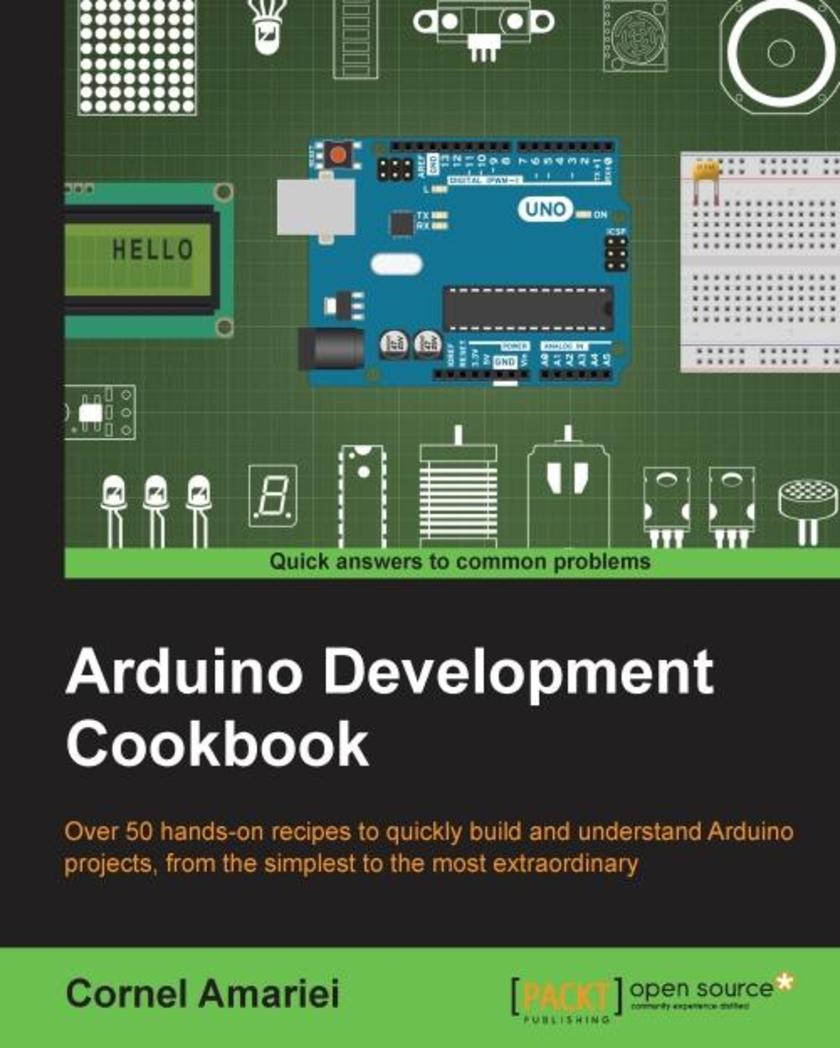
Arduino Development Cookbook
¥80.65
If you want to build programming and electronics projects that interact with the environment, this book will offer you dozens of recipes to guide you through all the major applications of the Arduino platform. It is intended for programming or electronics enthusiasts who want to combine the best of both worlds to build interactive projects.
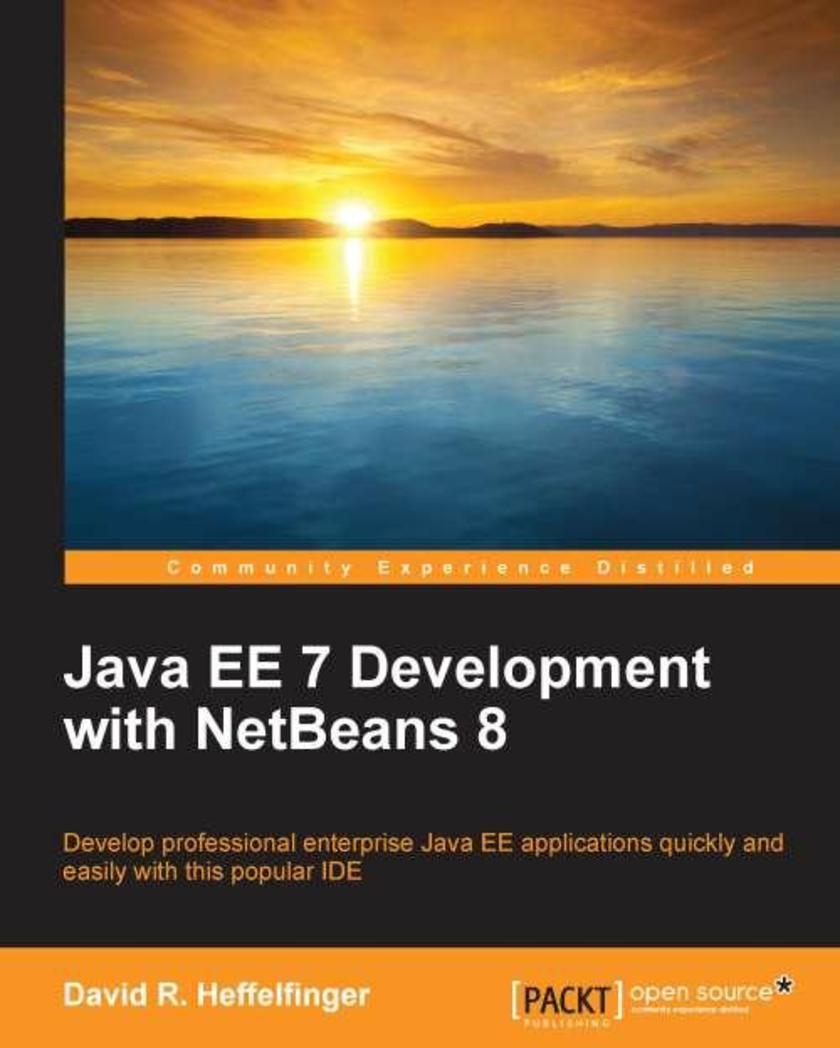
Java EE 7 Development with NetBeans 8
¥90.46
The book is aimed at Java developers who wish to develop Java EE applications while taking advantage of NetBeans functionality to automate repetitive tasks. Familiarity with NetBeans or Java EE is not assumed.
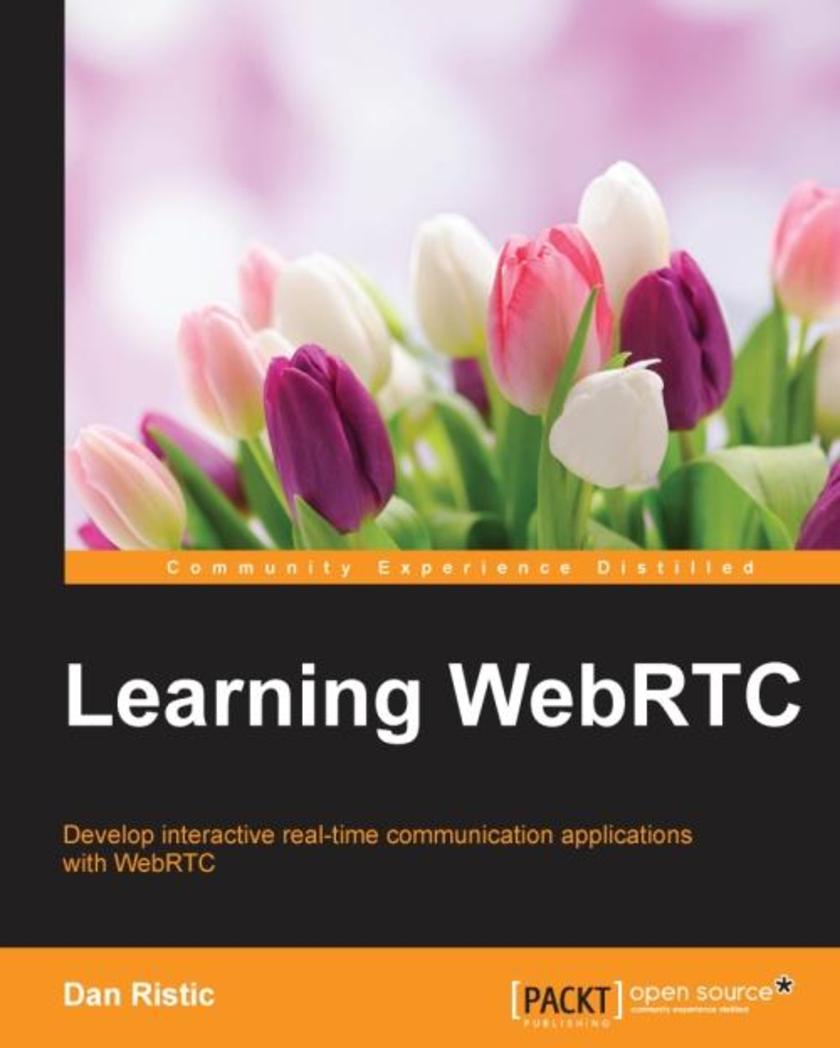
Learning WebRTC
¥54.49
If you are a web developer who wants to create well designed WebRTC applications for your users, this is the book for you. Even if you are early in your web development career, this book aims to provide a complete understanding of the WebRTC API. It is assumed that you have previous exposure to web development using HTML5 and JavaScript technologies.
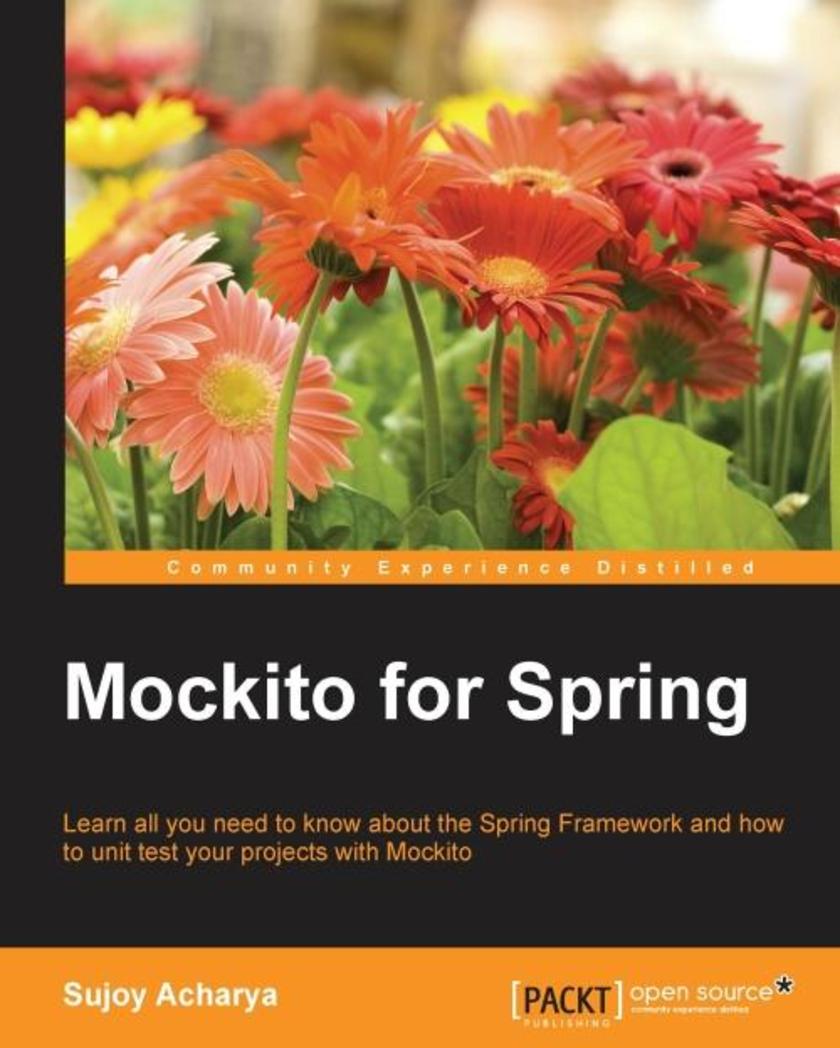
Mockito for Spring
¥45.77
If you are an application developer with some experience in software testing and want to learn more about testing frameworks, then this technology and book is for you. Mockito for Spring will be perfect as your next step towards becoming a competent software tester with Spring and Mockito.

Joomla! 2.5 Beginner’s Guide
¥90.46
Written with a fast-paced but friendly and engaging approach, this Packt Beginner's guide is designed to be placed alongside the computer as your guide and mentor. Step-by-step tutorials are bolstered by explanations of the reasoning behind what you are doing. You will quickly pick up the necessary skills, tips, and tricks for building a successful Joomla! website. This book is written for beginners to website design. By the end of the book you will have built a complete custom content managed website, and be ready to build any kind of website.
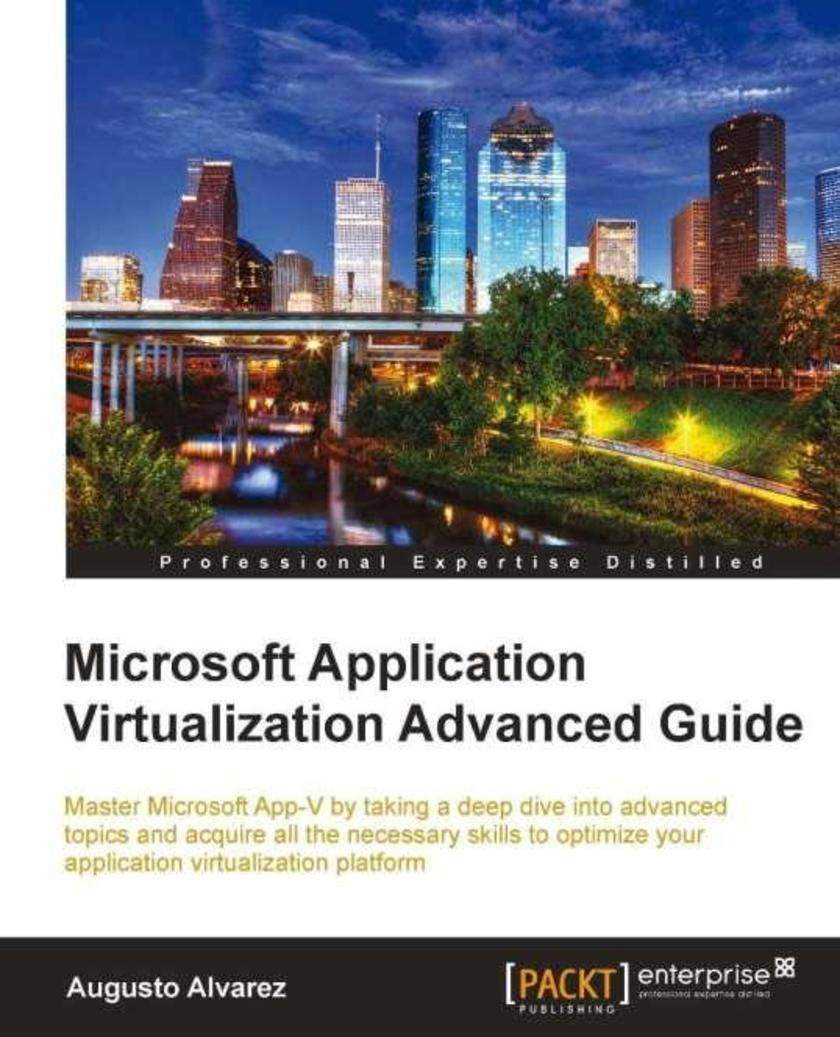
Microsoft Application Virtualization Advanced Guide
¥99.18
A practical tutorial containing clear, step-by-step explanations of all the concepts required to understand the technology involved in virtualizing your application infrastructure. Each chapter uses real-world scenarios so that the readers can put into practice what they learn immediately and with the right guidance. Each topic is written defining a common need and developing the process to solve it using Microsoft App-V. This book is for system administrators or consultants who want to master and dominate App-V, and gain a deeper understanding of the technology in order to optimize App V implementations. Even though the book does not include basic steps like installing App-V components or sequencing simple applications; application virtualization beginners will receive a comprehensive look into App-V before jumping into the technical process of each chapter.
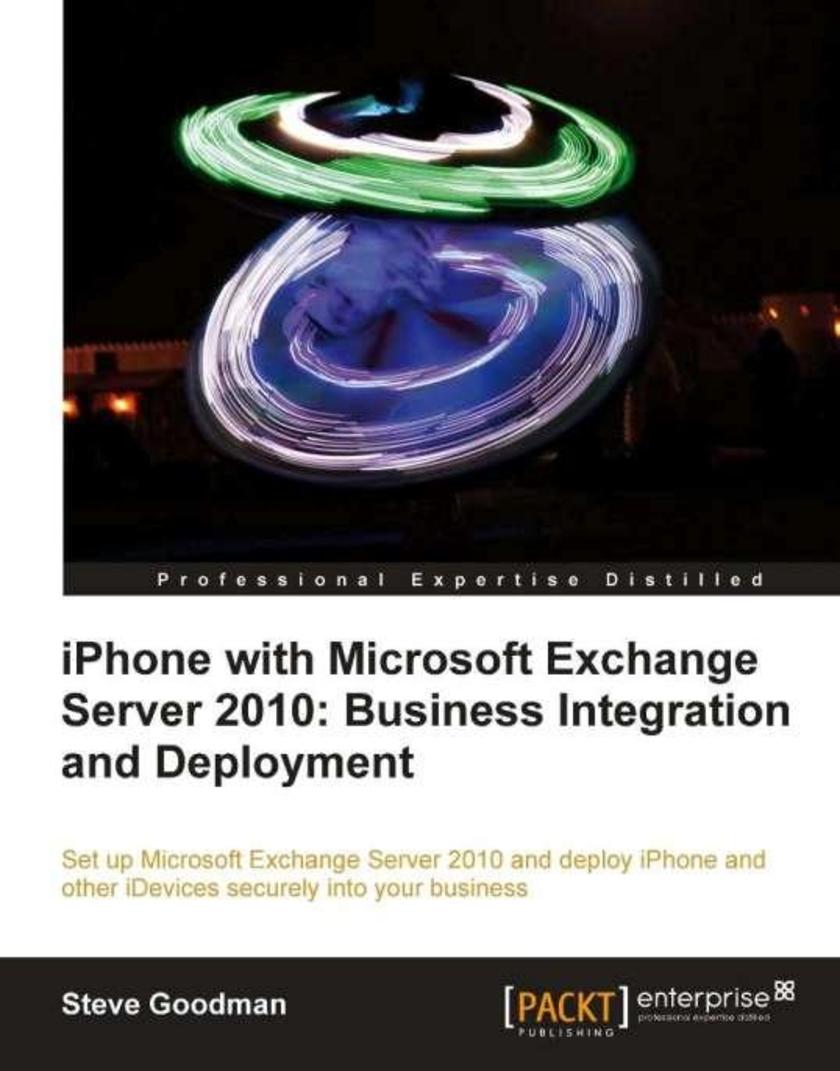
iPhone with Microsoft Exchange Server 2010 - Business Integration and Deployment
¥107.90
iPhone with Microsoft Exchange Server 2010 - Business Integration and Deployment is a practical, step-by-step tutorial on planning, installing and configuring Exchange Server to deploy iPhones into your business. This book is aimed at system administrators who don't necessarily know about Exchange Server 2010 or ActiveSync-based mobile devices. A basic level of knowledge around Windows Servers is expected, and knowledge of smartphones and email systems in general will make some topics a little easier.
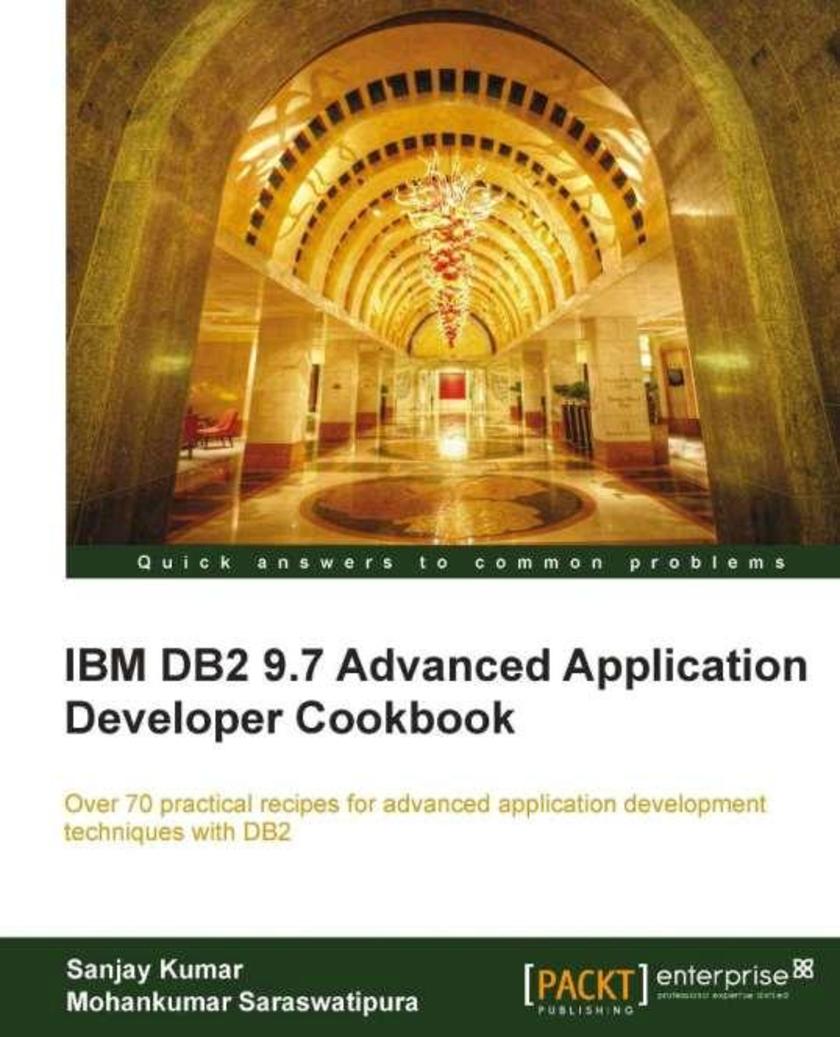
IBM DB2 9.7 Advanced Application Developer Cookbook
¥116.62
This cookbook has recipes written in a simple, easy to understand format with lots of screenshots and insightful tips and hints. If you are an IBM DB2 application developer who would like to exploit advanced features provided by DB2 to design and implement high quality applications, then this book is for you. This book assumes you have a basic understanding of the DB2 application development.

iAd Production Beginner’s Guide
¥90.46
This beginner's guide focuses on getting you through all the major learning points in a smooth, logical order. You'll also see how to avoid some common pitfalls. This book is for brands, advertisers and developers who want to create compelling, emotive, iAd advertisements that generate revenue and increase brand awareness. You don’t need previous experience of creating adverts or apps for iPhone and iPad, as you’ll be taken through the entire process to make motion-rich, beautiful ads.

Microsoft SharePoint 2010 Developer's Compendium
¥90.46
“Microsoft SharePoint 2010 Developer’s Compendium: The Best of Packt for Extending SharePoint” takes a less discussion, more value approach to helping you learn all that you can about extending SharePoint. A medley of a total of five Packt books, each chapter has its own unique style so that you can learn not only from content written in a step by step tutorial style, but also from handbook and cookbook chapters. If you are a developer who would like to enhance your knowledge of SharePoint development to create sites with great user experience, don’t miss “Microsoft SharePoint 2010 Developer’s Compendium: The Best of Packt for Extending SharePoint”. You should already be comfortable with general SharePoint development practices, though prior experience with PowerShell, Visual Studio, Silverlight and Windows 7 Phone is not a necessity.
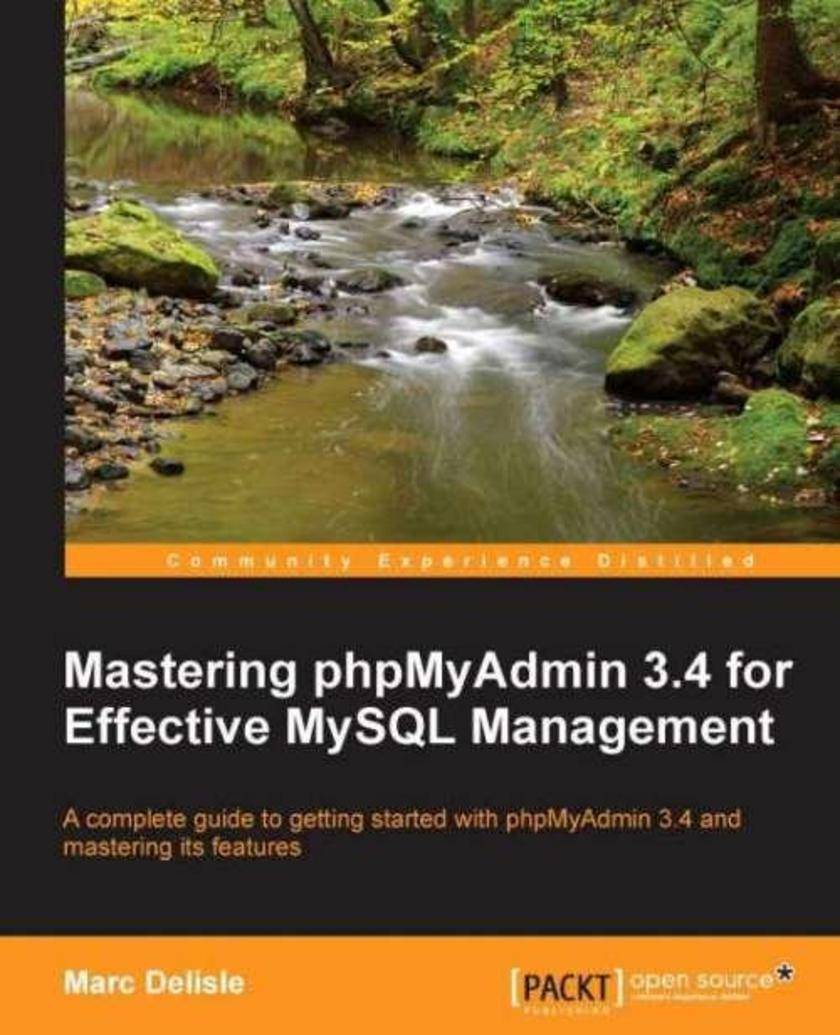
Mastering phpMyAdmin 3.4 for Effective MySQL Management
¥71.93
This is a step-by-step instructional guide to get you started easily with phpMyAdmin and teach you to manage and perform database functions on your database. You will first be introduced to the interface and then build basic tables and perform both simple and advanced functions on the created database. The book progresses gradually and you will follow it best by reading it sequentially. If you are a developer, system administrator, or web designer who wants to manage MySQL databases and tables efficiently, then this book is for you. This book assumes that you are already wellacquainted with MySQL basics. This book is a must-read for every serious phpMyAdmin user who would like to use this outstanding application to its full power.
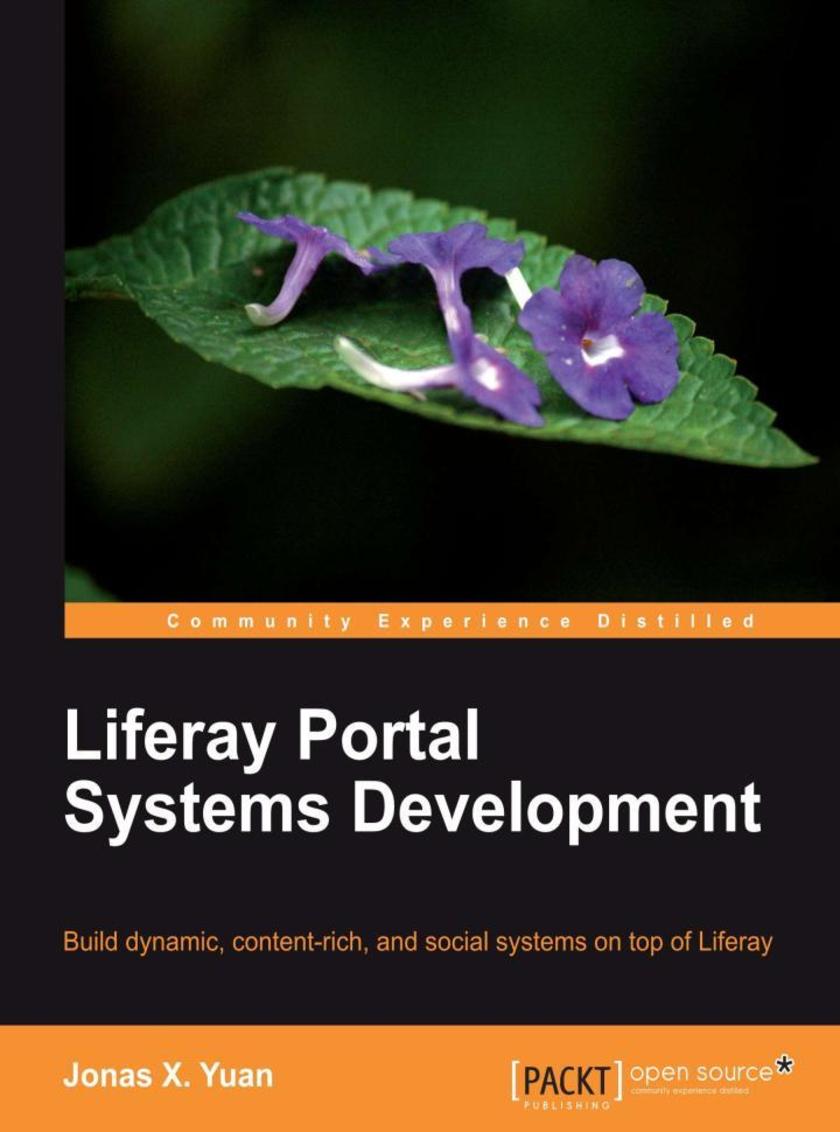
Liferay Portal Systems Development
¥107.90
This book is for Java developers who don't need any prior experience with Liferay portal. Although Liferay portal makes heavy use of open source frameworks, no prior experience of using these is assumed.

Microsoft Windows Intune: Quickstart Administration
¥90.46
If you are an administrator or partner who wants to plan, set up and maintain Windows Intune and manage a group of PCs then this book is for you . You should have a basic understanding of Windows administration, however, knowledge of Windows Intune would not be required.
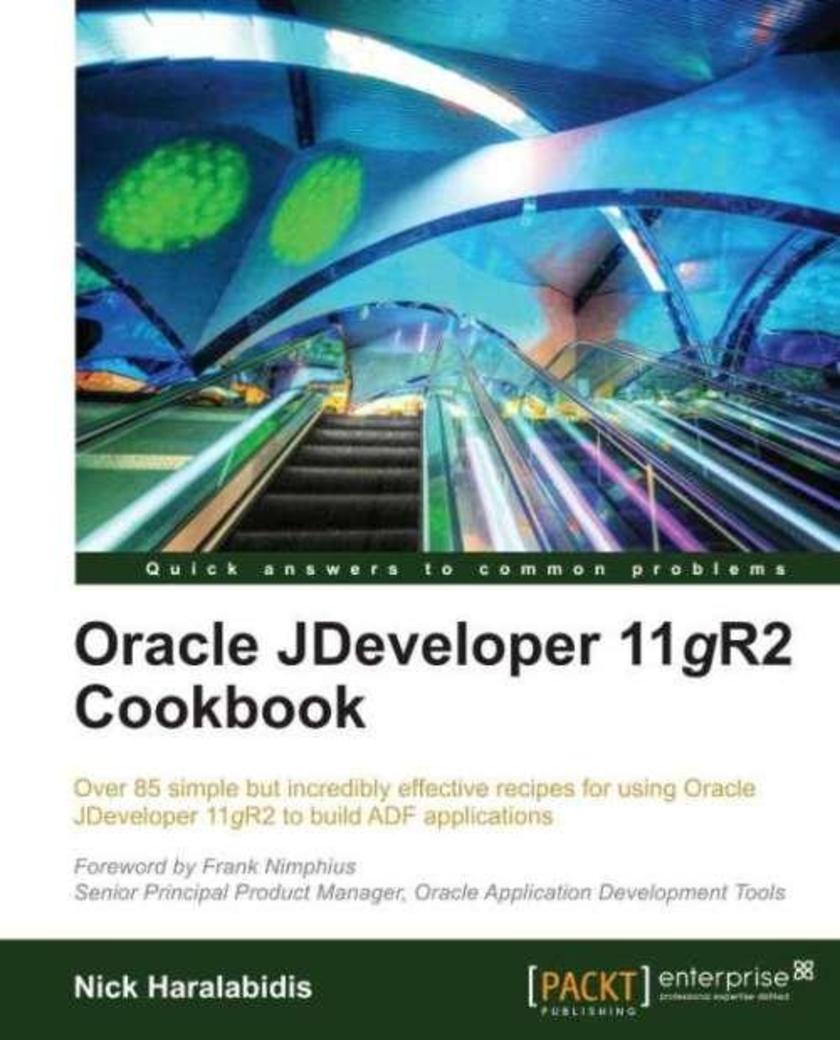
Oracle JDeveloper 11gR2 Cookbook
¥116.62
“Oracle JDeveloper 11gR2 Cookbook” is a practical cookbook which goes beyond the basics with immediately applicable recipes for building ADF applications at an intermediate-to-advanced level. If you are a JavaEE developer who wants to go beyond the basics of building ADF applications with Oracle JDeveloper 11gR2 and get hands on with practical recipes, this book is for you. You should be comfortable with general Java development principles, the JDeveloper IDE, and ADF basics
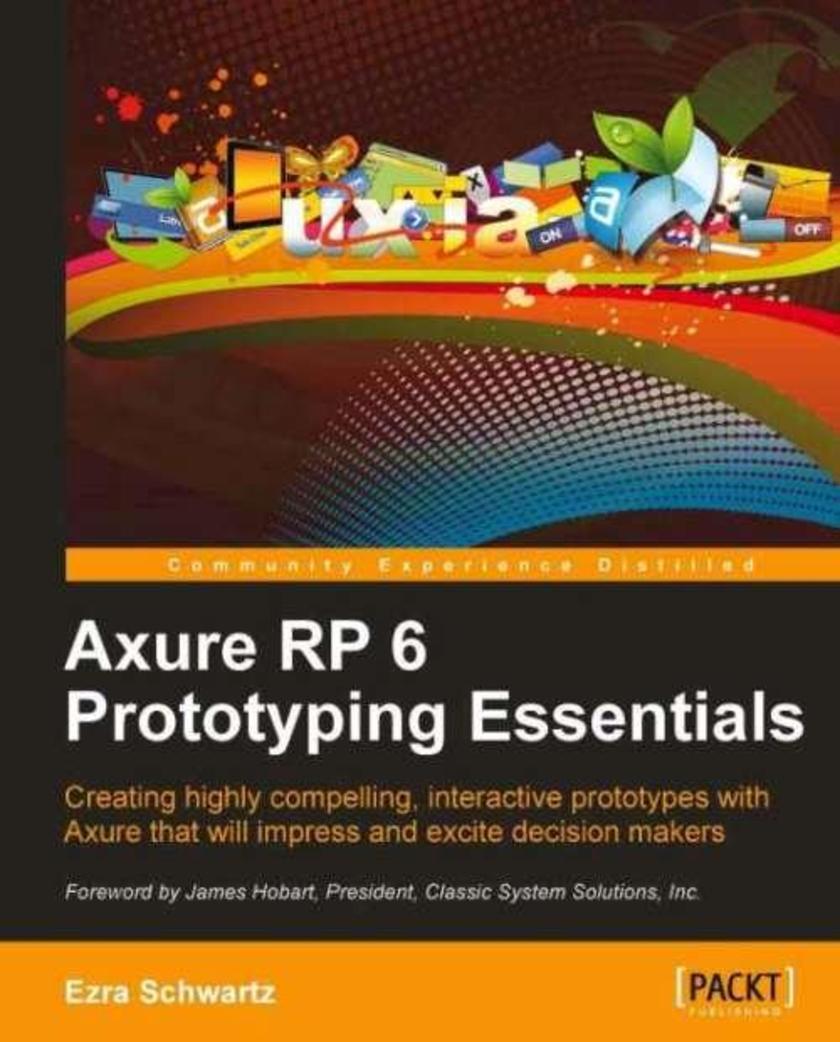
Axure RP 6 Prototyping Essentials
¥90.46
Axure RP 6 Prototyping Essentials is a detailed, practical primer on the leading rapid prototyping tool. Short on jargon and high on concepts, real-life scenarios and step-by-step guidance through hands-on examples, this book will show you how to integrate Axure into your UX workflow. This book is written for UX practitioners, business analysts, product managers, and anyone else who is involved in UX projects. The book assumes that you have no or very little familiarity with Axure. It will help you if you are evaluating the tool for an upcoming project or are required to quickly get up to speed in a project you just joined. The book assumes some familiarity with the principles of the User Centred Design methodology.
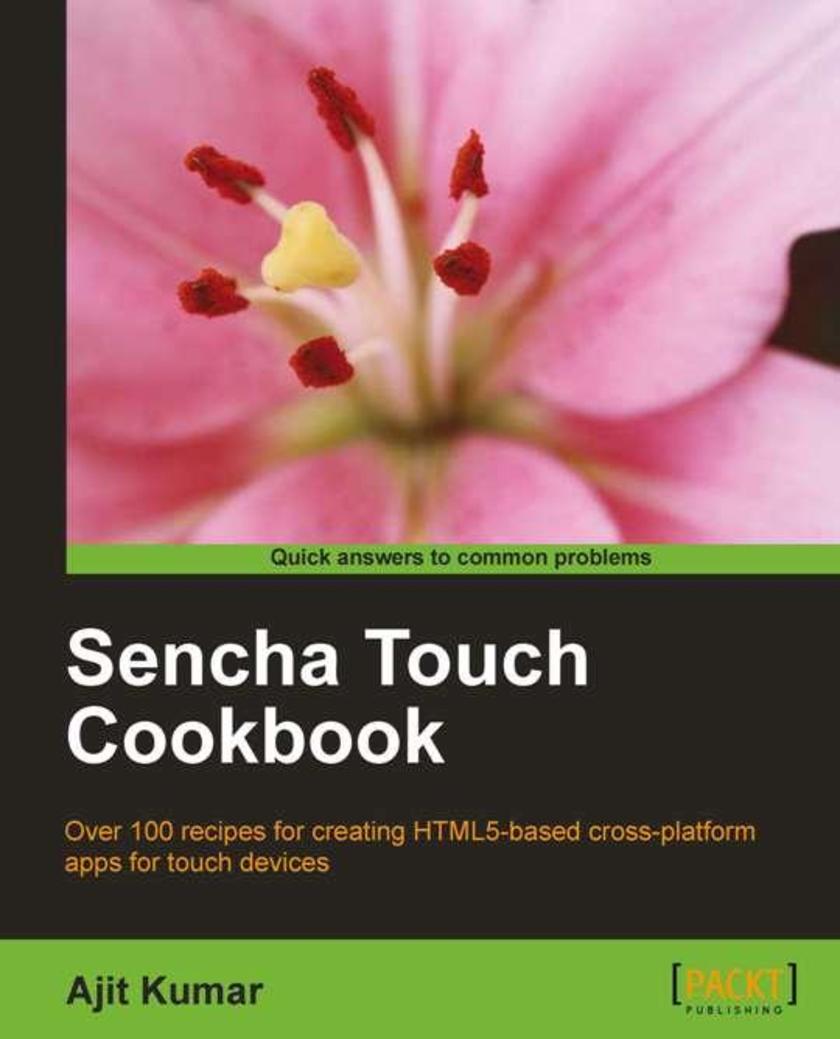
Sencha Touch Cookbook
¥80.65
The book is written in a cookbook style, presenting examples in the style of recipes, allowing you to go directly to your topic of interest, or follow topics throughout a chapter to gain in-depth knowledge. This book is ideal for anyone who wants to gain the practical knowledge involved in using Sencha Touch mobile web application framework to make attractive web apps for mobiles. If you have some familiarity with HTML and CSS, then this book is for you. This book will give designers the skills they need to implement their ideas, and provide developers with creative inspiration through practical examples. It is assumed that you know how to use touch screens, touch events, WebKit on mobile systems, Apple iOS, and Google Android for Mobiles.

Cocos2d for iPhone 1 Game Development Cookbook
¥90.46
This book is full of fun and engaging recipes with modular libraries that can be plugged into your project. Each recipe consists of explained code accompanied by screenshots for your understanding. If you want to elevate your basic Cocos2d project to the next level, this is the book for you. Some understanding of Objective-C and Cocos2d is recommended. People with some programming experience may also find this book useful.
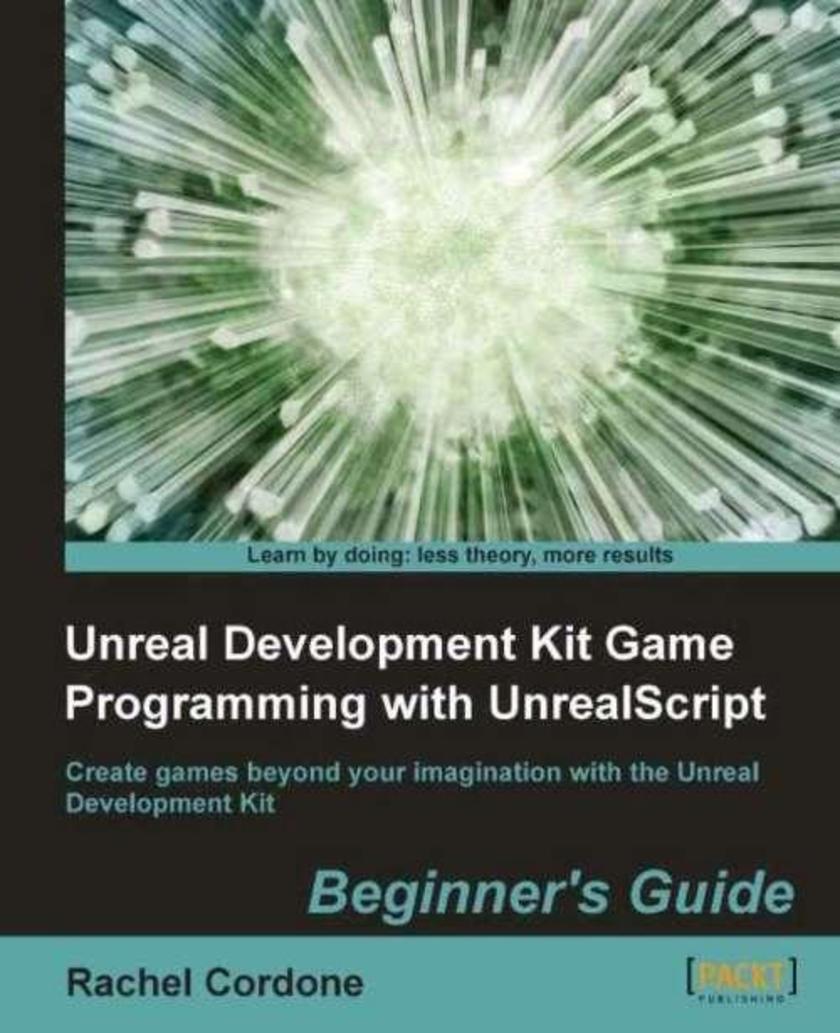
Unreal Development Kit Game Programming with UnrealScript: Beginner's Guide
¥90.46
This is a step-by-step book that builds on your knowledge by adding to an example game over the course of each chapter. Each topic uses example code that can be compiled and tested to show how things work instead of just telling you. Complicated tasks are broken down into easy to follow steps with clear explanations of what each line of code is doing. This book is written for beginners to UnrealScript, whether this is your first experience with programming or you're coming into it from another language and would like to learn how UnrealScript uses concepts you're already familiar with. If you would like to make games with the Unreal Development Kit, this book is for you.

Liferay Beginner's Guide
¥80.65
Part of Packt’s Beginner’s Guide series, each chapter follows the creation of a fictional neighbourhood site to demonstrate an aspect of Liferay portal with practical examples, screenshots, and step-by-step instructions. All you need in order to benefit from the Liferay Beginner’s Guide is programming experience. No prior knowledge of Liferay is required, although experienced Liferay portal programmers who need to get up to speed with its latest features will also find this book useful.




 购物车
购物车 个人中心
个人中心



